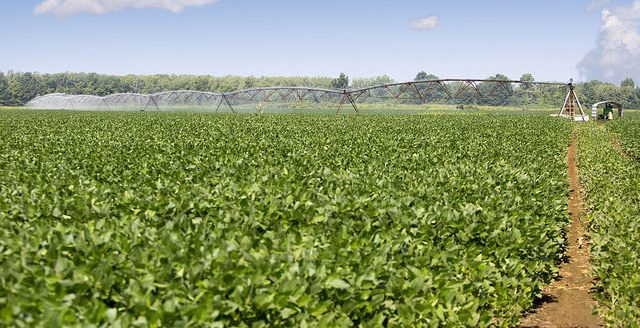Agricultural grain explosions are usually preventable, but 2019 still saw 8 in the U.S.
“There are many substances you might not think are explosive that, under the right conditions, actually are,” says Kingsly Ambrose, agricultural and biological engineering professor.
Ambrose studies particle technology, grain processing and particulate flow. One of the particles especially vulnerable to combustion is grain dust, found in grain handling facilities. Explosions at such facilities can be significant, potentially resulting in fatalities, injuries and/or millions of dollars in damages and lost revenue.
“When the grain is getting handled or processed, dust gets separated and suspended in the air and settles around the facility,” Ambrose said. “If there is an ignition generating spark, maybe due to the malfunction of a machine, friction or an electrical failure can ignite the dust. Although the primary explosion might be quite small, due to the amount of existing dust, the secondary explosions can be catastrophic.”
Ambrose collects annual statistics on the number of national agricultural dust explosions and has just released the statistics from 2019. There were eight grain dust explosions reported in 2019, four fewer than in 2018. These explosions resulted in one fatality and four injuries.
Grain dust explosions occurred in six different states: three in Iowa and one each in Indiana, Illinois, Minnesota, Ohio and Georgia.
The best way to avoid grain dust explosions, Ambrose said, is for grain facilities to follow rigorous housekeeping practices, regularly maintaining equipment and providing extensive employee training.

